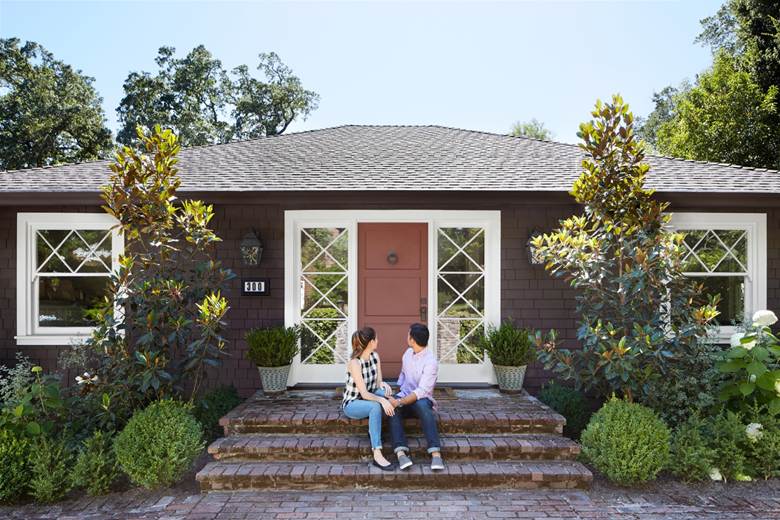
Exterior maintenance is often thought of as a matter of appearance and property value, yet it has significant implications for health and safety. Neglected property exteriors can contribute to mold, pest infestations, and structural hazards. Property managers who prioritize maintenance not only protect the investment but also promote a healthier environment for residents and staff.
Roofing and Weather Protection
The roof is a critical barrier against environmental hazards. Damaged shingles or leaks allow water to infiltrate structures, promoting mold growth and wood rot. Mold spores can trigger respiratory issues, especially in vulnerable populations. Regular inspections and timely roofing repairs prevent these hazards from developing. Proper roofing maintenance also minimizes water pooling, which can attract pests that carry diseases and exacerbate allergy problems.
Gutters and Drainage Systems
Clogged gutters and poorly maintained drainage systems can cause water to accumulate around the foundation of a building. Standing water is a breeding ground for mosquitoes, which carry diseases such as West Nile virus. Water intrusion into basements or crawlspaces can increase humidity levels inside the property, fostering mold and dust mites that affect respiratory health. Routine cleaning of gutters and verification of drainage pathways are essential steps for maintaining a safe environment.
Siding, Paint, and Exterior Surfaces
Cracked siding or peeling paint is not just an aesthetic concern. Exposure to deteriorating materials can introduce hazardous substances like lead dust in older properties. Moisture seeping behind damaged siding can accelerate mold development, creating invisible health risks. Regular inspections, repairs, and repainting of exterior surfaces help prevent the accumulation of potentially harmful contaminants and maintain air quality inside the property.
Landscaping and Vegetation Management
Overgrown vegetation or poorly managed landscaping can contribute to pest infestations and increase the risk of slips and falls. Plants in contact with building walls can trap moisture, feeding mold and mildew growth. Proper pruning, lawn maintenance, and removal of invasive plants reduce these risks. Thoughtful landscaping can also improve air circulation around structures, lowering humidity levels that contribute to allergen buildup.
Safety Hazards and Preventive Measures
Exterior maintenance also impacts physical safety. Loose tiles, broken steps, or uneven walkways increase the risk of falls and injuries. Inspecting and repairing these hazards regularly ensures safe access. Well-lit pathways and clear signage further reduce the likelihood of accidents. Preventive maintenance protects both property occupants and the property management team from avoidable injuries and liabilities.
Creating a Health-Focused Maintenance Plan
A systematic exterior maintenance plan prioritizes both property longevity and occupant health. Scheduling regular inspections of roofs, gutters, siding, and landscaping helps identify issues before they escalate. Documentation of maintenance activities ensures accountability and allows property managers to track improvements over time. Engaging qualified contractors for specialized work ensures that health risks are effectively addressed.
Regular exterior maintenance is more than a property management responsibility. It is a strategy for preventing health hazards, reducing environmental risks, and maintaining safe, comfortable living and working spaces. Proper upkeep safeguards both the structural integrity of a property and the wellbeing of everyone who occupies it. For more information, check out the accompanying resource below.









